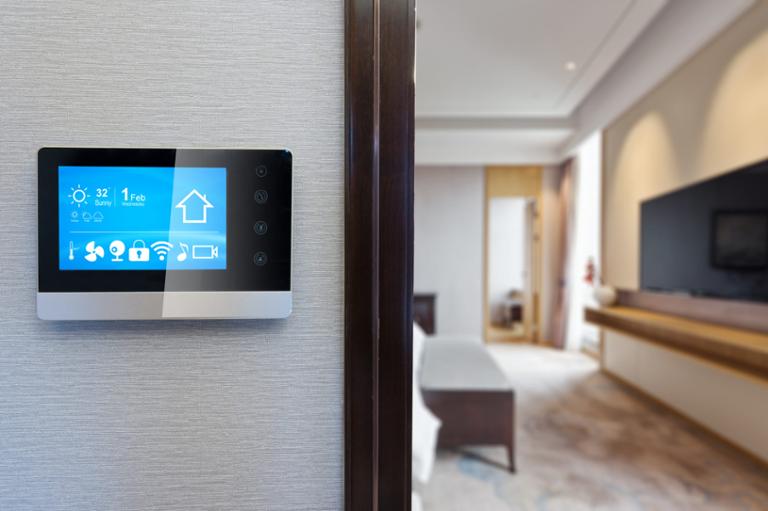
The Consumer Electronics Show (CES) is famous for its fads. After Apple launched the iPhone, for example, it seemed that every vendor at the show had its own smartphone to show off—or at least an accessory designed to clip to a phone’s camera or case. A few years after that, tablets dominated the discussion—but not all of the devices on display actually hit the market. This year’s CES seems to be shaping up as the year of the “smart” device: smart speakers, smart doorbells, smart kitchen appliances, smart thermostats, and more. If some startups had their way, even your utensils would probably talk to you, advising that your soup is too hot to eat (note to startups: please don’t make that idea a reality). Rather than try to build their own voice-activated digital assistants to pair with their devices, many vendors at this year’s CES are integrating their hardware with either Amazon’s Alexa or Google Assistant. That certainly makes sense, as most companies don’t have a few billion dollars to develop and market a semi-sophisticated A.I. But it also has the side effect of reducing this still-nascent market to a duopoly, unless Apple eventually decides to open up its Siri assistant to third-party devices. (Just to give you a sense of the market’s scale, Google says that Assistant will run on a billion devices by the end of January, including phones, speakers, watches, and other bits of hardware.) Amidst all the CES-related hype, it’s sometimes easy to forget that most of these devices will not succeed. Many were interesting enough to attract an initial round of funding, but the market simply isn’t there—people don’t want every device in their home to respond to voice commands, or integrate into a network. At CES 2018, for example, Kohler announced an $8,000 Numi violet with Alexa integration; it never arrived on store shelves, possibly because nobody wanted to spend that kind of money for the privilege of yelling at their toilet to heat the seat. For tech pros, however, the rapid proliferation of smart devices opens up some new opportunities. Alexa now allows in-skill purchasing (ISP), meaning that developers can design and market digital content such as interactive stories or voice-based games; that’s in addition to Amazon paying out cash for certain skills based on user engagement (such as quizzes). In mid-2018, Amazon released the “Skills Blueprints” program, which gives people with relatively little programming experience the ability to build Alexa skills. However, designing products for Amazon’s ISP takes significant coding knowledge, as developers need to customize purchase flow, user intent, and other actions. In addition to offering an SDK that allows manufacturers to integrate the Assistant with virtually any kind of compatible hardware, Google has also encouraged developers to build “Actions” for its platform. Google’s developer site offers a variety of tools to that end, including a module for building a simple app in under an hour. If 2019 is truly the year that “smart” devices proliferate throughout homes and offices, developers may have a golden opportunity to radically expand the user base for their Skills and Actions. But as with every year, it’s a big question whether the hype at CES will translate into real-world adoption; as any veteran of the show will tell you, only a portion of what’s displayed at the show actually reaches consumers—and even then, only a few items enjoy anything like success.
